I’ve been through shooting courses. I can go rock climbing, ride a dirt bike, drive a boat, and handle explosives. The government spent millions of dollars training me to fight in the jungle, arctic, and desert. I took language courses and I can parachute at night and land right on target. But I’ve never been trained to handle the stress of combat. We spent months learning how to be SEALs and hours of every day keeping those skills sharp, but we got no formal training dealing with any of the emotional stuff.
Before I joined the SEALs, I wondered if I would actually be able to pull the trigger. Could I defend myself? I only really thought about it before I became a SEAL because once I was on missions I didn’t have time to think about it. Everything I did overseas was done to protect the guys to my left and right, and my country. I obeyed the rules of engagement and never targeted innocents.
But that doesn’t mean it didn’t f-ck with me. To this day, if you ask [my SEAL teammate] Phil about “the cat,” he’ll tell this story of a 2006 mission in Iraq.
***
Inside NO HERO by Mark Owen
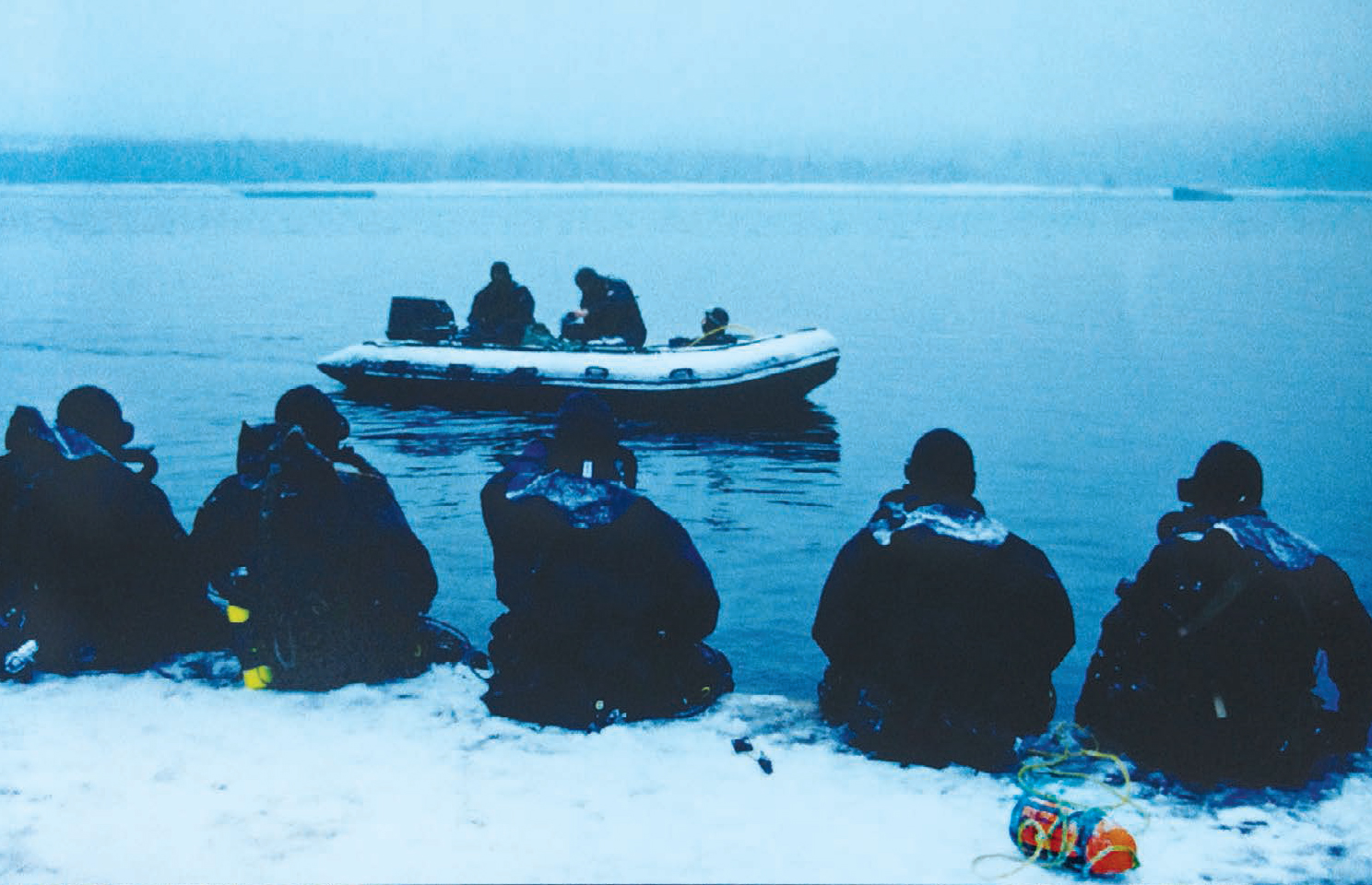


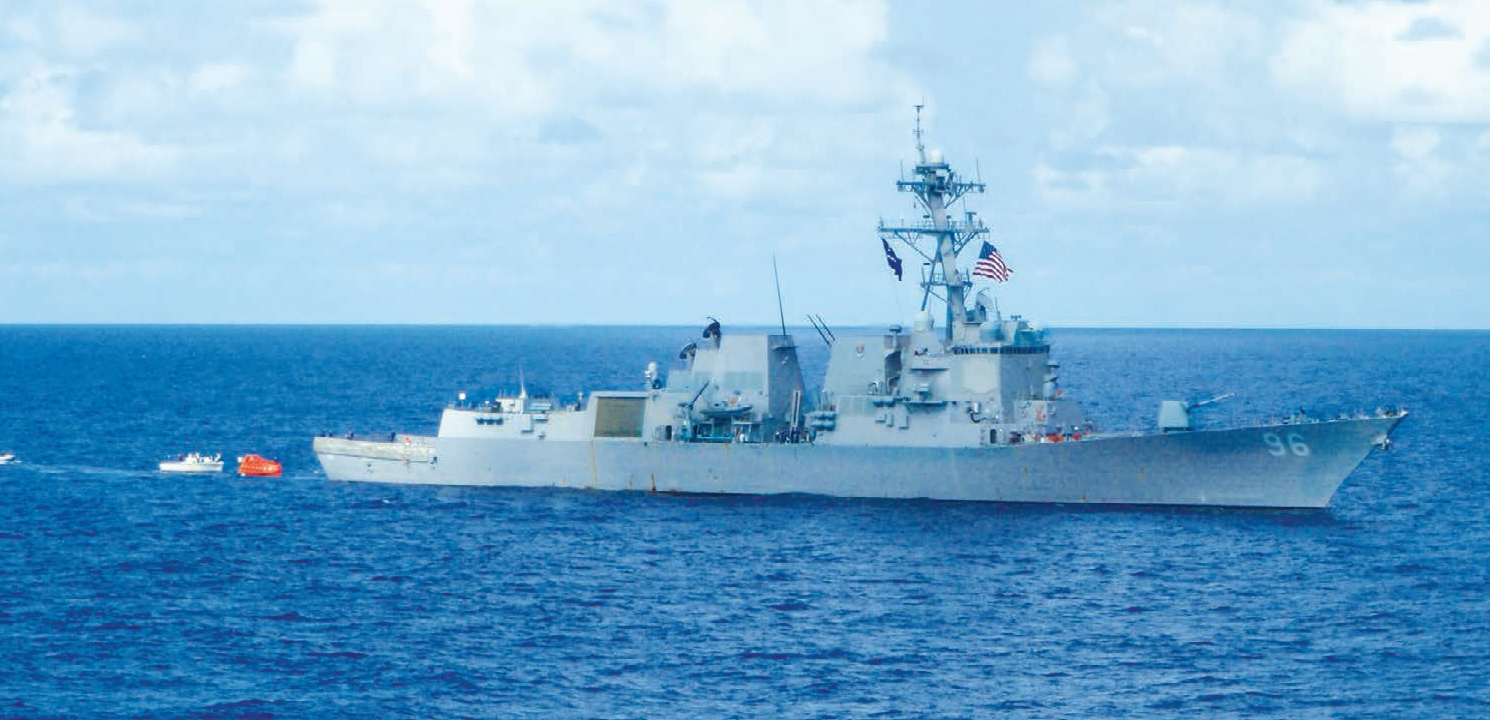
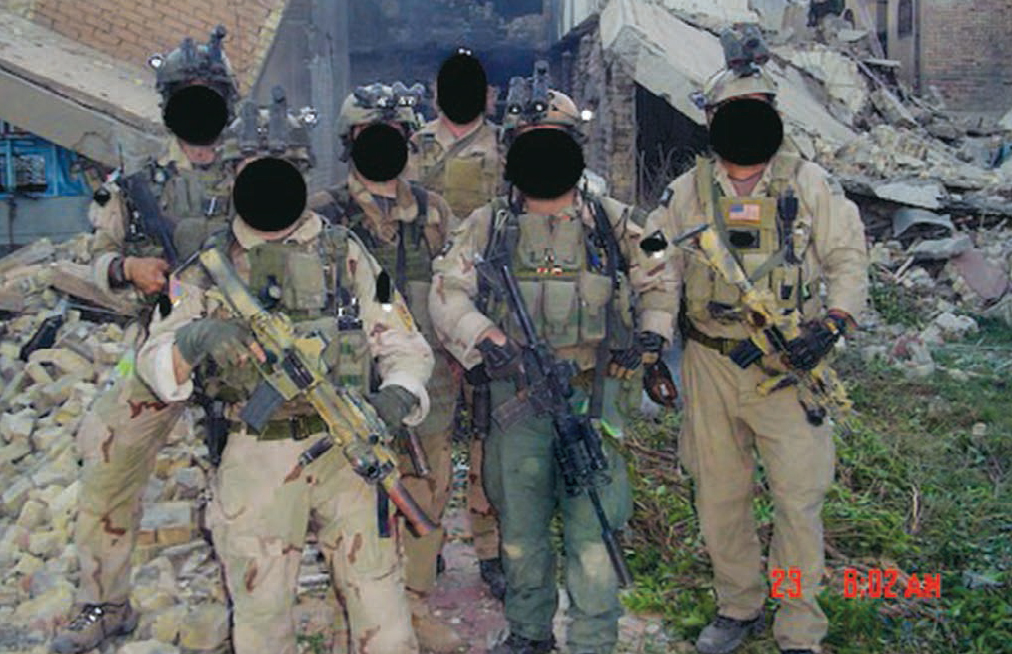

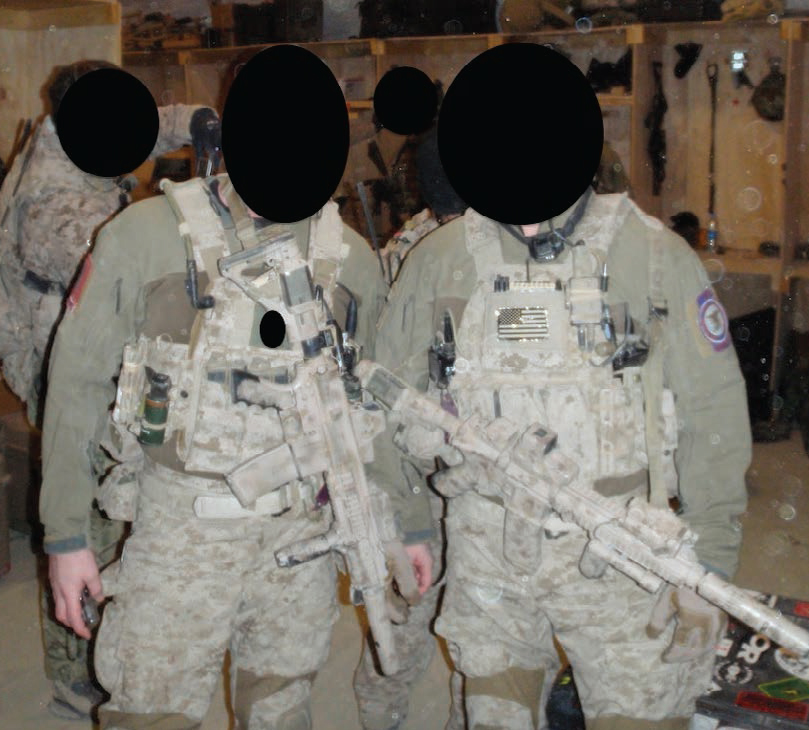
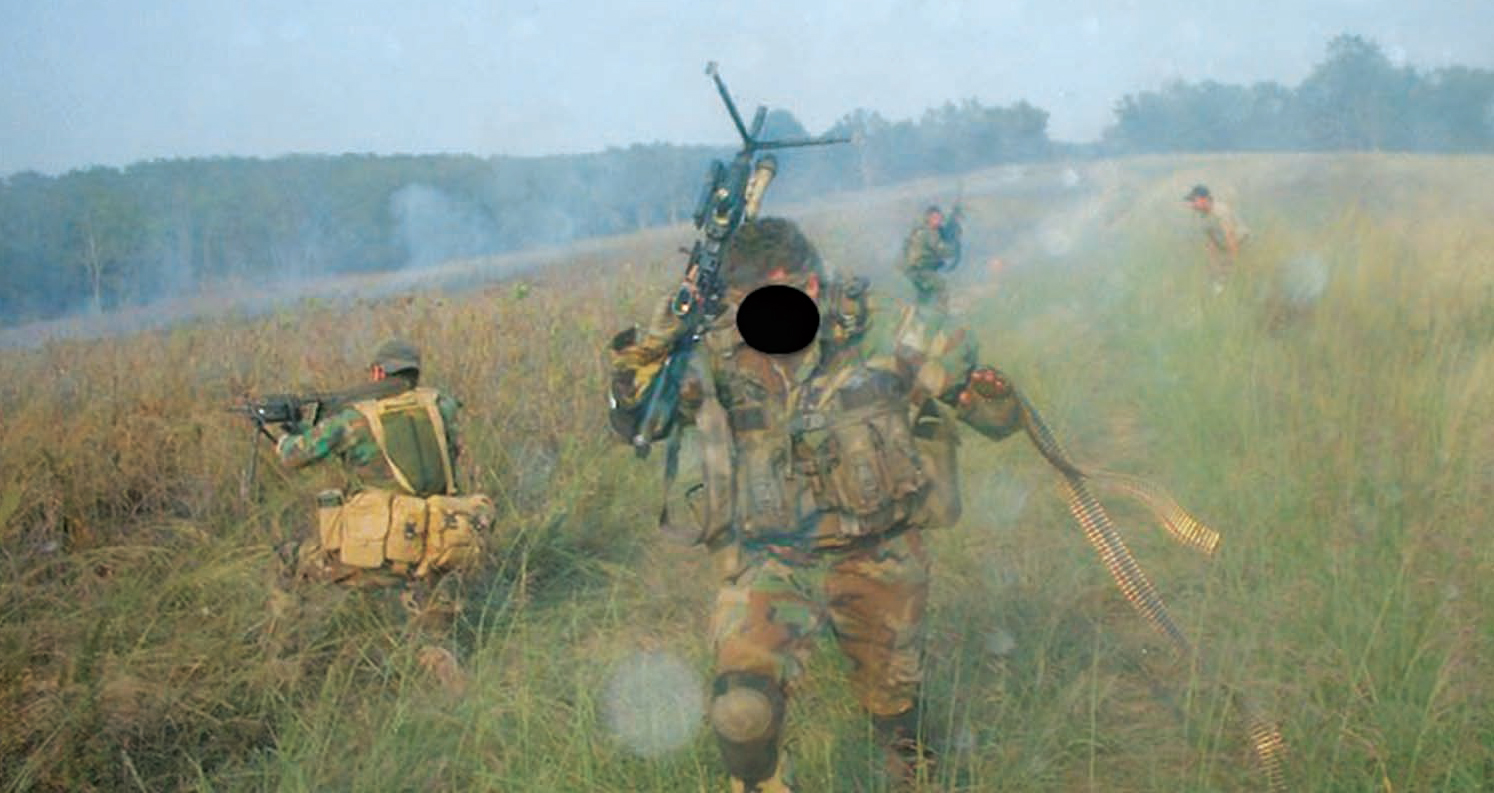
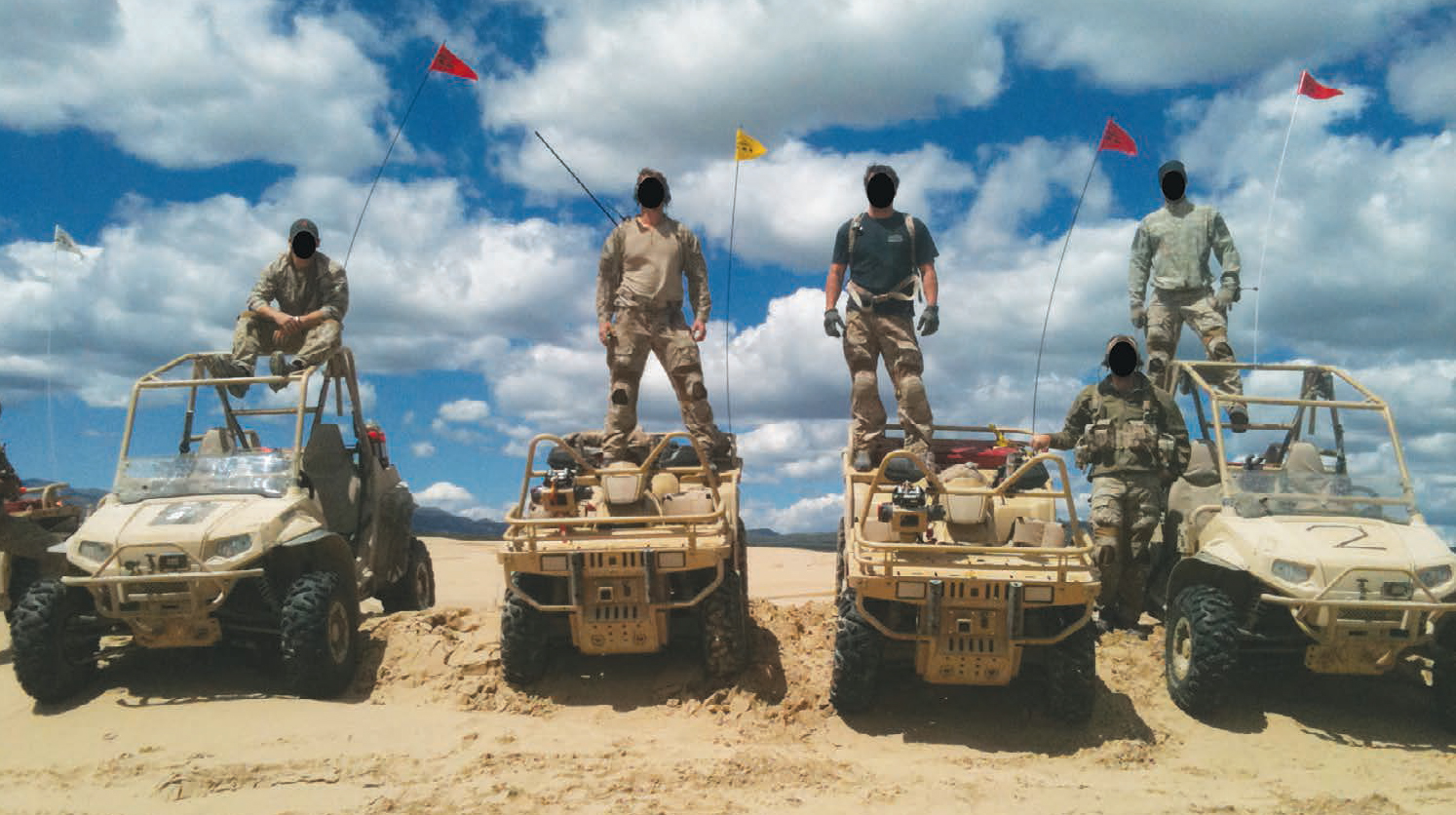
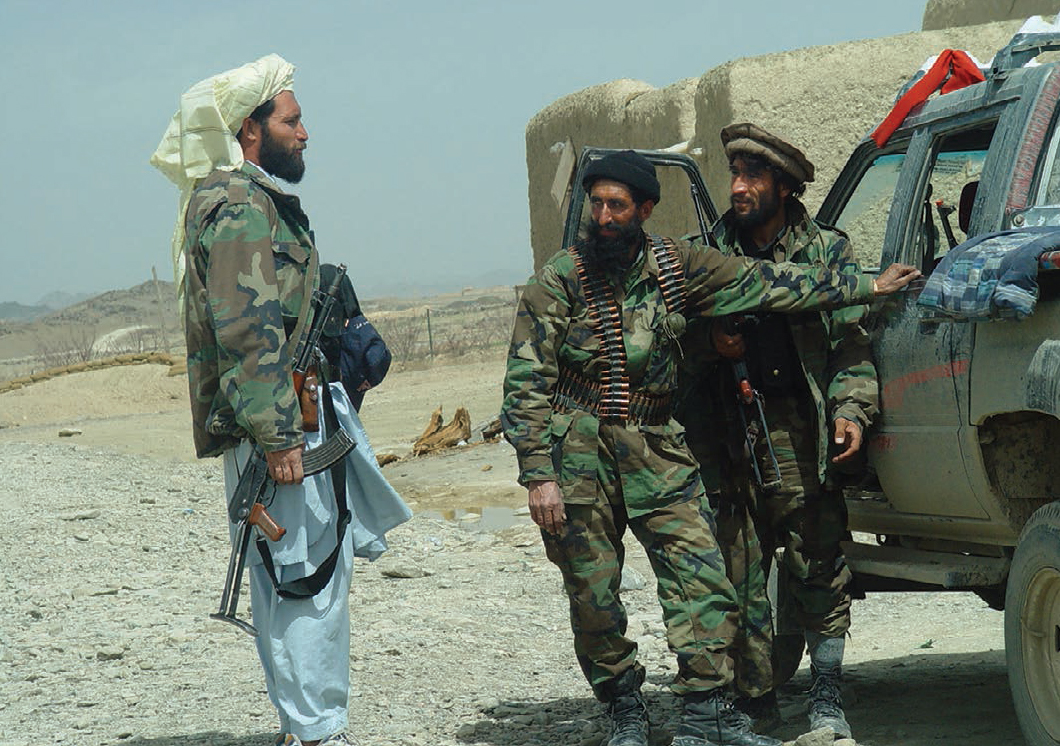
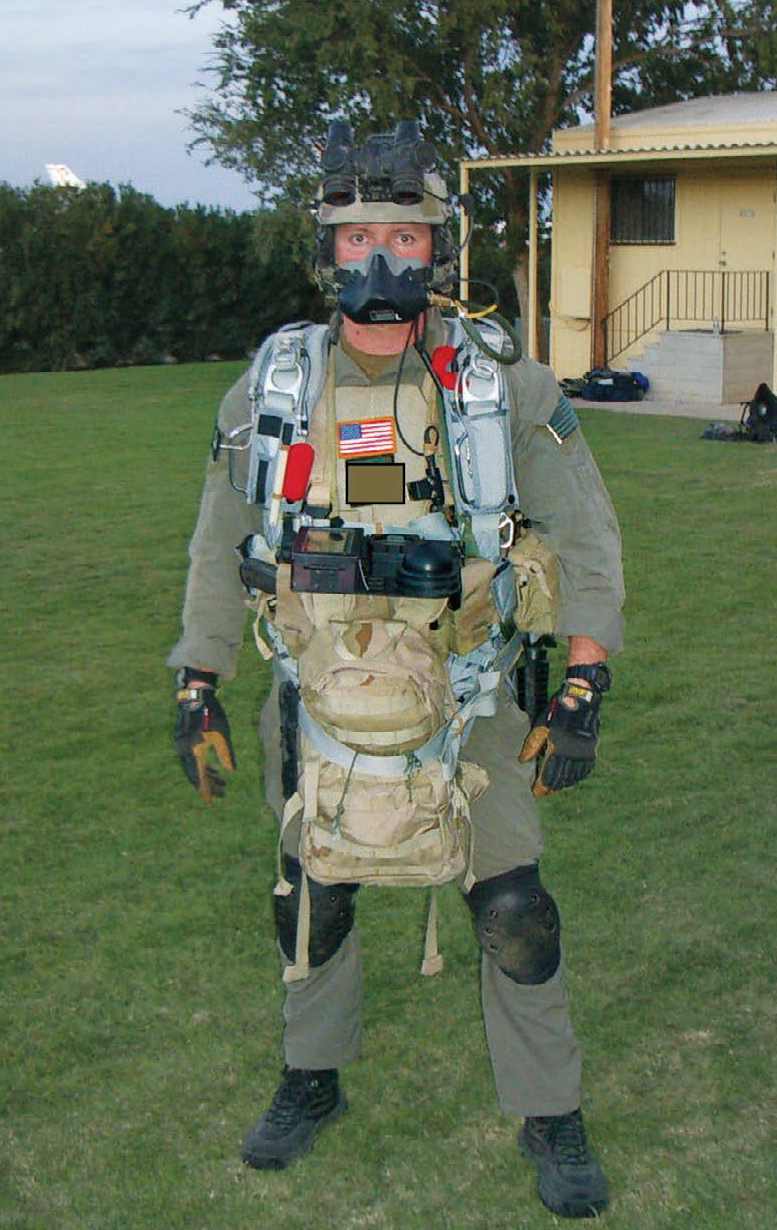
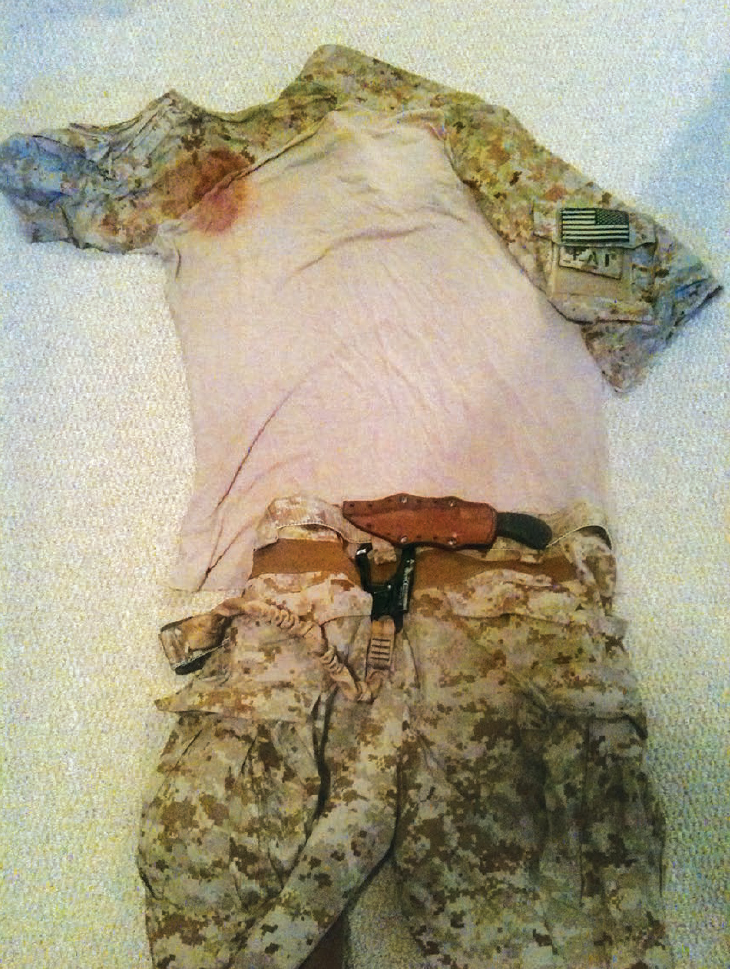
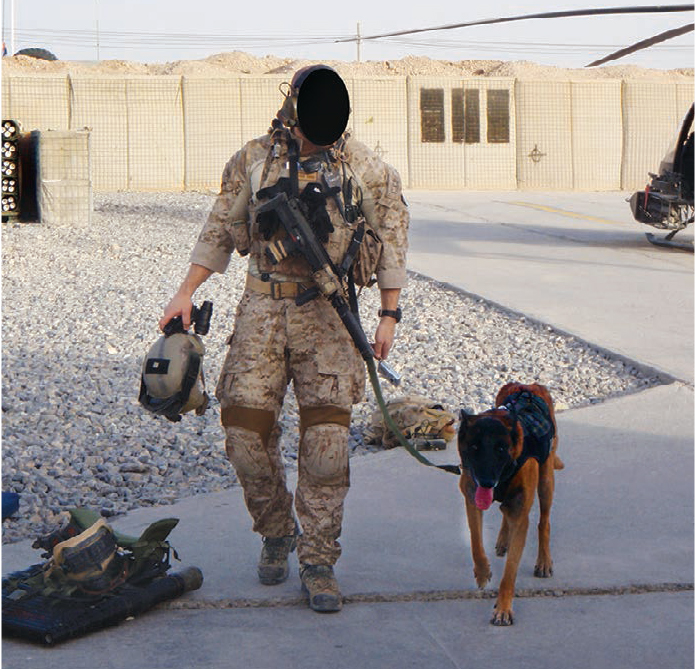
The unmanned drone flying over the target reported seeing a half dozen men sleeping outside. It was summer in Iraq, and even at night it was too hot to stay inside without air conditioners. The village was really just a cluster of about ten squat, adobe‑style houses. I didn’t see any power lines coming into the village as we patrolled, so we expected people to be sleeping outside.
We closed slowly on the village just before three in the morning. The desert was flat and wide open and it was hard to see the horizon, even with my night vision goggles down. The village could have been on the moon. Nothing surrounded it for miles except sand and rocks. Above me, the stars were thick and bright.
Now, close to the houses, the march was one slow step at a time.
The troop chief gave the word and we moved into a large “L”‑shaped formation and started to close on the village. The base, or bottom, of the “L” was going to set up just outside of the village and, if needed, provide a base of fire and cover our movement. The vertical part of the “L” was going to move through the village searching for fighters. I was in the second group.
On the radio net in my ear, I heard updates from the other assault teams. I knew that circling above us and just outside of audible range, we had drones to give us eyes in the sky and an AC‑130 to cover us in case we needed immediate close air support. I scanned over to where the drones reported seeing the sleepers. I could make out about ten bedrolls.
A pair of men stood, scanning the desert. They weren’t talking, or at least it didn’t appear so. It looked like they were straining to see into the blackness of the desert night.
Did they hear something?
I was sure they couldn’t see us. Maybe they heard the AC‑130 above. Finally, one man moved over to where the others were still sleeping and began waking them up. His partner never stopped scanning the open desert. I could see the others getting up, slowly, and start looking around.
While the others got moving, the pair of men walked toward the nearest house. The others eventually followed. None of the men had guns so we couldn’t open fire, but it was definitely suspicious to see a large group of men sleeping on the outskirts of the village. Where were all the women and kids?
The group was halfway to a house on the edge of the village when they stopped. The entire group turned and started to walk back to their bedrolls. We were about two hundred meters away and I could see every one of the men clear as day in my night vision.
When they got back to their bedrolls, I could see them grabbing AK‑47s, RPGs, and even a belt‑fed PKM machine gun. Multiple IR lasers popped on and zeroed in on the chests of the fighters as our snipers went to work. Seconds later, three of the enemy dropped.
The others panicked and started running back toward the village. Suppressed rounds continued to pour in on them.
I counted five dead fighters. By this point in the war, we were very conscious of not running to our death, so we paused for a moment. The base of the “L” stayed in place. We were hoping the enemy hadn’t noticed the rest of us off to their right flank. Our position hadn’t fired yet in an effort to stay undetected.
Within minutes I heard the troop chief ’s voice over the radio. “OK, guys, the base is going to hold position and the maneuver is commencing assault at this time.”
“OK,” I heard the troop chief say over the radio. “Take it.” Our entire element got up and began slowly bounding forward in pairs. Two or three SEALs would slowly make their way forward with guns at the ready, stopping a short distance ahead of the next group. They would then take a knee and hold security while the rest of the unit bounded past them. We were just about to enter the village when we saw four men in a dead sprint racing back to the bedrolls.
I was less than one hundred yards from them. I raised my gun and zeroed in on the first guy in the group. He looked anxious as they sprinted, his eyes wide. He practically slid to a stop, his chest heaving, and started to root through the folds of his bedroll. The first man got to his bedroll and knelt down. I could see him pull out an AK‑47.
I put my laser on his chest and fired. My teammates also opened fire. We all hit the same guy in rapid succession, spinning him down. One by one, I followed our lasers to the next target until all four were on the ground, unmoving.
Again, we paused to assess the situation.
I took a knee and began scanning the surrounding buildings, waiting for any more “heroes.” Phil, my team leader, took a knee next to me, and I could hear him whisper.
“That was interesting,” he said. “I guess they really want to fight. Let’s take it slow and careful tonight. These guys mean business.”
“Let’s keep moving,” the troop chief interrupted over the radio.
My team spent the next thirty minutes clearing house after house. I scanned every doorway and window, watching for a fighter to pop out.
Up ahead, I caught a glimpse of a guy peering out of a door. He was tucked back in the doorway, but not far enough. I could see the muzzle of his AK‑47 as he waited for us to come closer. Thankfully it was dark. At least it was dark to him. We had our night vision goggles.
I wasn’t sure Phil saw him at first. The man pulled his head back quickly and I saw Phil’s laser shine on where his head once was. The man slowly slid his head back into view as he attempted to get a look at our position. Phil’s laser was now
on the man’s forehead.
I heard several suppressed shots from Phil’s MP7, and the man’s head disappeared from view. Two fighters ran through the village, popped out the other end, and tried to hide by running out into the open desert. They stood out immediately on the infrared cameras carried by the ISR and AC‑130. A team of four SEALs and a combat dog raced out of the village after the fighters. The AC‑130 banked and headed toward the group. I was keeping track of their progress on the radio. Finally, I heard the thump of the AC‑130’s guns.
When my teammates got to the bodies, it was a shocking scene. It looked like one of the fighters was blown completely inside out. A round from the plane’s one‑hundred‑and‑five‑ millimeter howitzer must have hit him. The one‑hundred‑and‑five‑millimeter shell is twice the size of a bowling pin, and it can do some serious damage.
Back in the village, I was still holding security when Phil’s voice came over the net. “Alpha Two, Alpha One,” Phil said, using our call signs. “Need you in here.”
I stepped over the fighter’s body and saw Phil and two of my teammates searching the main room. The gun the fighter had been holding was leaning against the far wall of the foyer. Phil had taken the magazine out and cleared the chamber.
I looked back at the dead fighter. His head was lying away from the doorway leading to the main room. Had the fighter not exposed himself in the doorway, there was a good chance neither Phil nor I would have seen him. If he’d had a little patience, he would have had the jump on us.
Phil had clearly popped him with a great shot. The bullet hit him just above his nose, flush in the bottom of his forehead. Half of his face was torn off, leaving one good eye staring blankly at the ceiling. Blood was slowly pooling up around the back of the fighter’s head.
I started to look away when a flicker of movement caught my eye. A ratty‑ass‑looking calico kitten, its fur matted to its skinny rib cage, was at the edge of the blood pool. The kitten sniffed at the pool, and then I saw its pink tongue dart out and lick the blood. I expected to see dead bodies, and I had more or less gotten used to it by this point, but there was something about the ratty cat and the blood that didn’t seem right. I didn’t expect it. It was pretty f-cking gruesome.
I turned away and started to search the house. The area was secure, so I wasn’t quiet. I was digging through a cabinet near the door when I heard something behind me. It sounded like a sob or a whimper. I swung around, one hand on the grip of my rifle, and saw a small child huddled in the corner. He was balled up behind a pile of blankets, and my teammates must have missed him in the initial clearance. I squatted down to get a better look at him. I wasn’t sure if he was injured. His hair was matted. His tears washed away some of the dirt from his cheeks. He looked as ratty as the cat licking blood in the foyer.
I looked back over my shoulder and realized that from his vantage point, he would have seen the man in the foyer as he was shot. I had no idea if the man was his father or just a fighter hiding in the house. Either way, he’d watched us shoot the guy and probably saw the cat licking the puddle of blood. “Wow, I’ve seen some crazy shit, but this poor kid is going to be f-cked up by this the rest of his life,” I thought.
The kid was shaking he was so scared. He probably thought we were going to kill him too. Plus, I figured with all of my guns and gear strapped to me, I looked pretty menacing.
The kid continued to quietly sob. I slowly slid a chemlight out of my vest and popped it. The stick lit as I shook it, bathing the room in a green hue. I also slid out a Jolly Rancher and held it out to him. The kid wouldn’t look me in the eye at first.
I shook the chemlight.
“Hey, buddy,” I said. “I’m not going to hurt you.”
I knew he had no idea what I was saying. My only hope was he got my tone. Slowly, he looked up. He was sizing me up, trying to gauge if I was a threat. I tried to smile, but I knew in all my gear a smile wasn’t going to be enough.
He looked away and then quickly snatched the chem light and candy. He didn’t eat the candy; instead he just clutched it in his hand. I got on the radio to figure out where we were consolidating all the women and kids. They were in a house not far away, so I stood up and waved at him to follow me.
He didn’t understand me, so I took his hand and led him out of the house. I tried to block his view of the dead fighter and the cat, still licking at the pool of blood.
We walked through the village. I could hear a few of the women and kids sobbing when I got to the house. A teammate was at the door keeping watch. When the kid saw the other children and women, he let go of my hand and walked into the middle of the room. I didn’t linger. I had work to do and I knew the kid was safe now.
As I walked back to the house to continue my search, I could still picture the cat licking the blood, and the kid watching from across the room as the man’s head was blown off. I quickly pushed the image out of my mind and resumed my search.
***
I didn’t have time to dwell on it. After missions, I blocked it out. I know some guys who make a big deal about killing. I’d shot people from long distances and shot people at point‑blank range. But I always rationalized it this way: If I hadn’t shot the enemy, he would have killed one of my swim buddies or me. I didn’t need another explanation.
That didn’t make it easier when I got back home to the real world. At home, we’re expected to forget everything we did to survive overseas. How did I leave it all over there? I don’t know. All I know was I got better and better at compartmentalizing things. I simply blocked out a lot of the emotional stuff. I pushed myself through the confusion of living one life overseas and another at home.
It was a struggle, one I overcame by redirecting many of the lessons I learned from SEAL training. I simply didn’t let the effects of combat control me. When I came home I never talked about work to people outside of my teammates.
But after the [REDACTED] mission, I couldn’t shake the stress. The mission was spilling out of my mental compartments. As I left the cage after talking to my buddy, I felt better. I felt reassured knowing that others were going through the same mental gymnastics as I was. I wasn’t the only one having trouble trying to comprehend all the shit that had gone on since the raid.
A few years earlier the Navy started trying to address combat stress. Their first idea was requiring us to spend a few extra days in Germany on the way home from every deployment. They wanted us to decompress.
Before Germany, we’d be home sometimes twenty‑four hours after an operation. I’d go from a gunfight overseas and within a day be back in the States at Taco Bell for my routine, two tacos and a bean burrito. It sounds pretty strange, but that stop at Taco Bell was probably me putting up a wall on another compartment in my brain; it allowed me to keep everything separate.
After the policy change, we stopped in Germany and the command’s psychologist flew over to meet us and give us classes on coping with combat stress and reintegration into the civilian world. For the guys with families, the training was focused on going back to the family routine. The funny part was we’d be home for a few weeks, only to head out on our next training rotation, which would keep us on the road for weeks.
The command eventually replaced the Germany stop with a new policy. We all had to meet with a command psychologist. We were required to sit down for a single thirty‑minute meeting after each deployment. The thirty minutes were used to talk about any issues we might be having. Once I went down with another buddy, Gerry, to knock it out. We weren’t buying into this, and it had become just another line item on my to‑do list after returning from a deployment. Each person’s thirty‑minute session had to be complete before they would allow us to take any leave or vacation time. It was something the senior guys blew off, but we were required to go. We knew it was a box that needed to be checked so the Navy could say we were being counseled and trained to deal with the stresses of combat.
It was toward the end of the day when Gerry and I got to the psych office. I don’t remember if it was my appointment or Gerry’s, but when the two of us walked into the office, the psychologist was taken aback. She was pregnant, about three weeks away from popping. She looked as tired as we did.
“Listen, you don’t have much time,” Gerry said, pointing at her stomach. “We’re going to save you an extra thirty minutes by doing our sessions at the same time.”
After thinking about it a minute, she waved us both into her office. Gerry folded his more‑than‑six‑foot‑five‑inch body into the couch. I took a seat across from the psychologist. She sat in an office chair with a notepad.
“We’re going to talk about some stuff, some sensitive things. Are you guys OK with doing this together?” she said. “Gerry knows everything about me,” I said. “And I know everything about him. We’re good.”
For most of the thirty minutes she asked us questions about how we were handling stress and if we had any PTSD symptoms. I can remember her handing us a sheet of paper with a list of symptoms on it. I took a second and quickly read down the list. The symptoms included trouble sleeping, avoiding crowds, and keeping your back to the wall in a restaurant.
“Holy shit, I think I have every single one of these,” I thought.
“Why are we not more f-cked up?” I asked. “Why are we not more messed up from the shit that we’ve seen? You talk about PTSD. Gerry and I have been trained to deal with just about every combat or tactical situation that can be thrown at us, but we’ve never had one second of training to deal with the emotional side of things.”
She nodded.
“The best way I can describe it is BUD/S,” she said, [referring to Basic Underwater Demolition, SEALS, the six-month SEAL training program].
“So are you saying BUD/S made me stronger? Or BUD/S just weeded out the weak?” I asked.
I stumped her with that one. Before she could answer, Gerry jumped in.
“I think we’re just mentally stronger than everyone else on the planet,” he said with a smile.
He was obviously f-cking around. There was no way that we could comprehend all that we’d seen and done. It was easier to just make a joke and ignore it.
We left the doctor’s office after our thirty minutes and never said another word about it. Over time, I started to sleep better, and there was some comfort knowing I was strong enough to compartmentalize the traumatic experiences I’d had overseas. I still have the list that the doctor gave me. From time to time, I read over it, and I still have every single symptom on the list.
From the helicopter crash on the [REDACTED] raid to that small malnourished Iraqi cat licking the pool of blood from the fighter’s head, each experience had its own compartment. The symptoms didn’t go away even after I got out of the Navy. I just choose to block them out.
We all deal with the stress of combat in different ways. The way that I’ve dealt with it isn’t perfect and certainly isn’t for everyone. Being a SEAL is a tough life and career. The sacrifices go far beyond what I’d ever imagined, but if asked whether I would do it all over again, my answer, without hesitation, would be simple.
Yes.
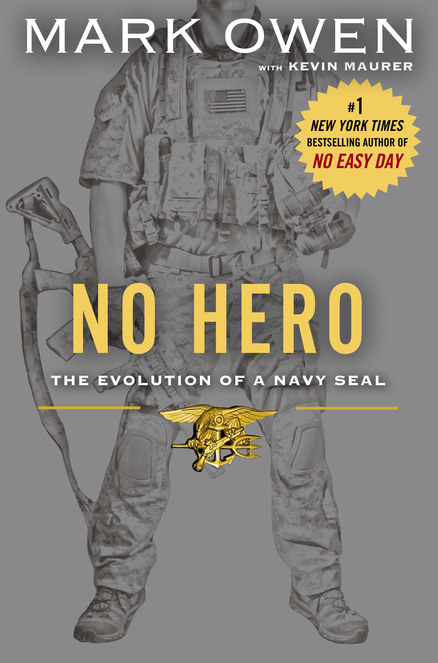
From NO HERO: THE EVOLUTION OF A NAVY SEAL by Mark Owen with Kevin Maurer. Published by arrangement with Dutton, a member of Penguin Group (USA), Inc. Copyright © 2014 by Mark Owen.
More Must-Reads From TIME
- The 100 Most Influential People of 2024
- Coco Gauff Is Playing for Herself Now
- Scenes From Pro-Palestinian Encampments Across U.S. Universities
- 6 Compliments That Land Every Time
- If You're Dating Right Now , You're Brave: Column
- The AI That Could Heal a Divided Internet
- Fallout Is a Brilliant Model for the Future of Video Game Adaptations
- Want Weekly Recs on What to Watch, Read, and More? Sign Up for Worth Your Time
Contact us at letters@time.com